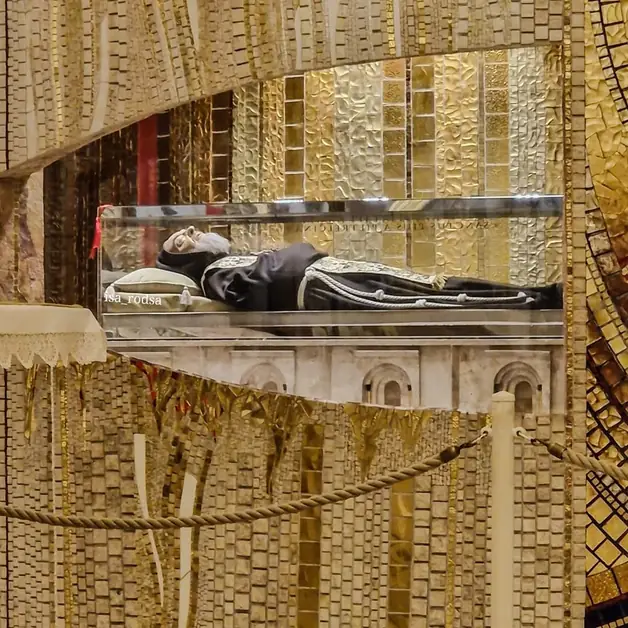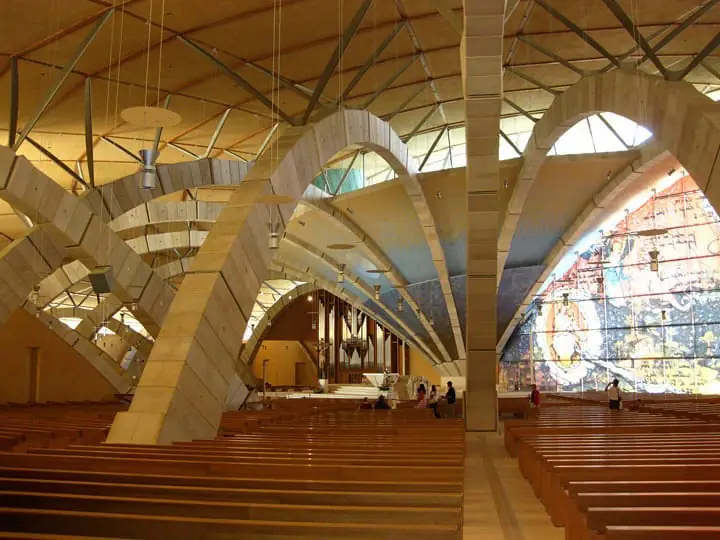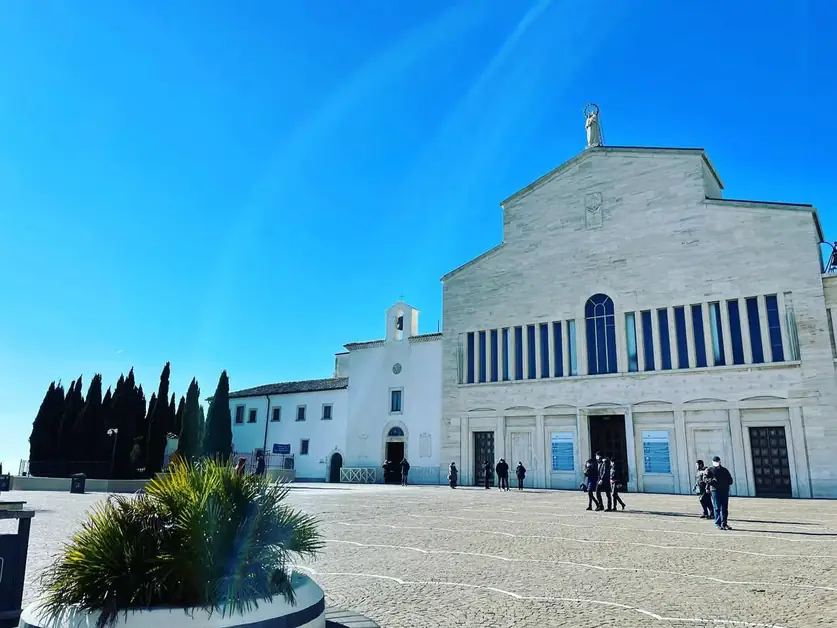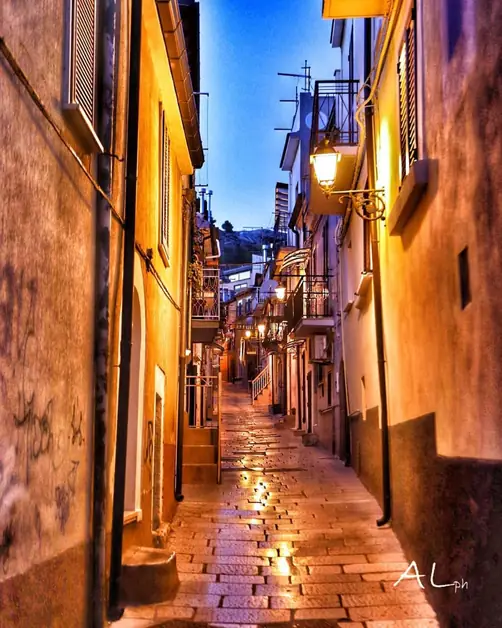The story of Santa Barbara and the miners of San Giovanni Rotondo
The story of Santa Barbara is linked to the miners of San Giovanni Rotondo, a symbol of hope and unity for the community.
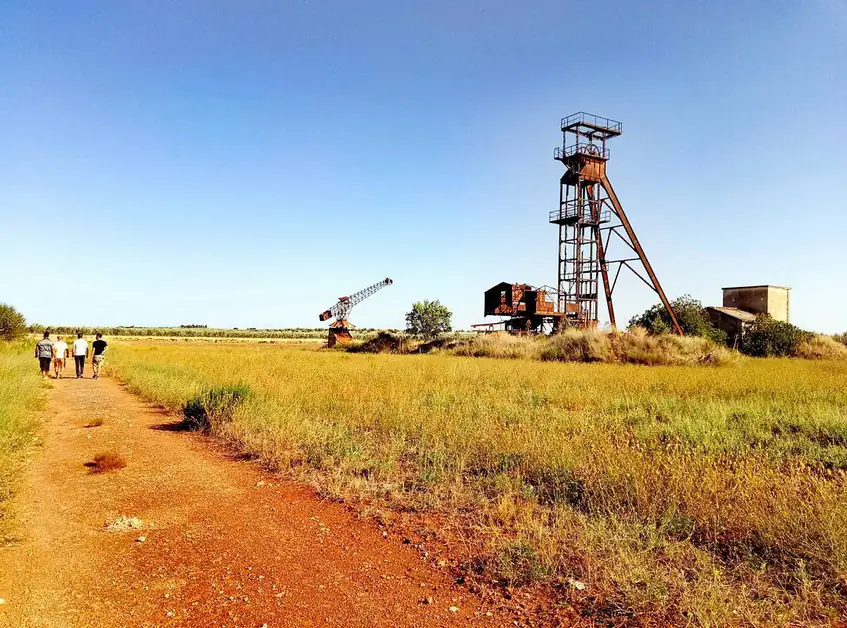
Who was Santa Barbara and why is she so important to the miners of San Giovanni Rotondo?
Santa Barbara is the patron saint of miners, artificers, and all those who work with fire or explosive materials. She is celebrated on December 4th, the day when the community of San Giovanni Rotondo remembers her figure with devotion. For decades, this feast has been one of the most heartfelt in the city, especially among the workers of the bauxite mine, who saw in Santa Barbara a protector and a spiritual guide in times of danger.
Why is the feast of Santa Barbara so closely linked to the history of San Giovanni Rotondo?
The feast of Santa Barbara is closely connected to the industrial history of the city. In the 1930s, San Giovanni Rotondo hosted one of the most important bauxite mines in the Gargano region, managed by the Montecatini Company. Mining activity provided jobs for hundreds of workers and represented a fundamental source of income for many local families. In this context, the celebration of Santa Barbara became a symbol of unity and hope for the entire community.
What happened during the celebration of Santa Barbara in San Giovanni Rotondo?
Every December 4th, miners participated in a solemn procession that crossed the streets of the town, carrying the statue of the saint to the mine. The day was accompanied by prayers, songs, and the blessing of work tools. The Montecatini Company, which managed the mine, offered gifts and awards to workers and their families as a sign of gratitude. It was a day of celebration, but also of reflection on the hard work of miners and the risks they faced every day.
When did the mining industry begin in San Giovanni Rotondo?
Mining activity began in the 1930s, when Italy, under the fascist regime, promoted a policy of economic autarky. The goal was to reduce dependence on foreign imports and develop internal resources. Bauxite, a rock from which aluminum is obtained, thus became a strategic material for the national industry.
What was the role of Montecatini in the development of the mine in San Giovanni Rotondo?
Montecatini, one of the largest Italian companies of the time, invested heavily in Gargano bauxite. Despite the low quality of the ore, the company received support from the regime and started significant extraction activities. The mine in San Giovanni Rotondo soon became the largest labor center in the province of Foggia, with an increasing number of workers coming from nearby towns.
What were the working conditions of the miners in San Giovanni Rotondo like?
Working in the mine was hard and dangerous. Workers operated in damp, poorly lit environments and often without adequate safety measures. Accidents were frequent, and the precarious working conditions generated numerous tensions between workers and the Montecatini management. Despite this, the mine remained one of the main sources of employment in the area for years.
Why was Gargano bauxite considered of lower quality?
The ore extracted in San Giovanni Rotondo contained a lower amount of aluminum compared to other European deposits. This made it less profitable for industrial production. However, during the years of autarky, the fascist regime continued to encourage national production, even at the cost of sacrificing economic efficiency.
What happened to the mine during World War II?
During the war, the mine in San Giovanni Rotondo was hit by Allied bombings. The structures suffered damage, but thanks to the commitment of workers and engineers, it was saved from total destruction. Production was suspended for a short period, only to resume immediately after the end of the conflict.
How did the economic situation of the mine change after the war?
After 1945, Montecatini resumed extraction activities, but international competition and the low quality of the ore began to penalize production. With the abolition of customs duties, it became more convenient to import bauxite from abroad. This led to a gradual reduction in the workforce and a series of layoffs that severely affected the local population.
Were there attempts to revive the production of the mine in San Giovanni Rotondo?
Yes, in the 1950s and 1960s, Montecatini tried to revive production by proposing the local transformation of ore to produce aluminum directly on site. However, management costs and technical difficulties made this project impossible. The company preferred to continue importing higher quality bauxite from abroad, gradually abandoning the Gargano site.
How did the local population react to the mine's crisis?
The gradual closure of the mine led to a period of strong social tensions. Workers organized strikes and demonstrations to defend their jobs. Trade union struggles were intense and marked an entire generation of miners. Many of them were forced to emigrate to other regions or abroad to find new opportunities.
When did the mine in San Giovanni Rotondo close permanently?
The mine closed its doors in 1973, after decades of activity. With the closure, an important part of the industrial history of Gargano also disappeared. Today, only a few ruins and testimonies remain, but the memory of the miners and their difficult lives continues to be passed down through collective memory and the celebrations of Santa Barbara.
What remains today of the bauxite mine in San Giovanni Rotondo?
Today, the mining site is no longer active, but some structures and tunnels are still visible. In some areas, guided tours and educational paths are organized to tell the story of the mining industry and its impact on the city. It is a place of memory that allows visitors to understand the hard work and sacrifice of workers from the past.
How is the feast of Santa Barbara celebrated today in San Giovanni Rotondo?
The feast continues to be celebrated every December 4th, although in a more symbolic way. The local community organizes a Mass in honor of Santa Barbara and a small procession in the town center. On these occasions, the miners who worked in the Gargano mines, their families, and the contribution they made to the development of the city are remembered.
Why is the history of Montecatini important for tourists visiting San Giovanni Rotondo?
Because it tells a lesser-known side of the city, away from the religious tourism linked to Padre Pio. Discovering the history of Montecatini and the bauxite mine means understanding the industrial and social roots of San Giovanni Rotondo, a place that is not only spiritual but also rich in historical testimonies related to work and solidarity.
What can a visitor learn by exploring the sites of the old mine?
By visiting the remains of the mine, one can understand the hard life of the miners and the value of the faith that sustained them. It is a journey through time, between history and memory, that helps to understand how San Giovanni Rotondo is not just a pilgrimage city, but also a place that has experienced an important chapter in the Italian industrialization of the twentieth century.
